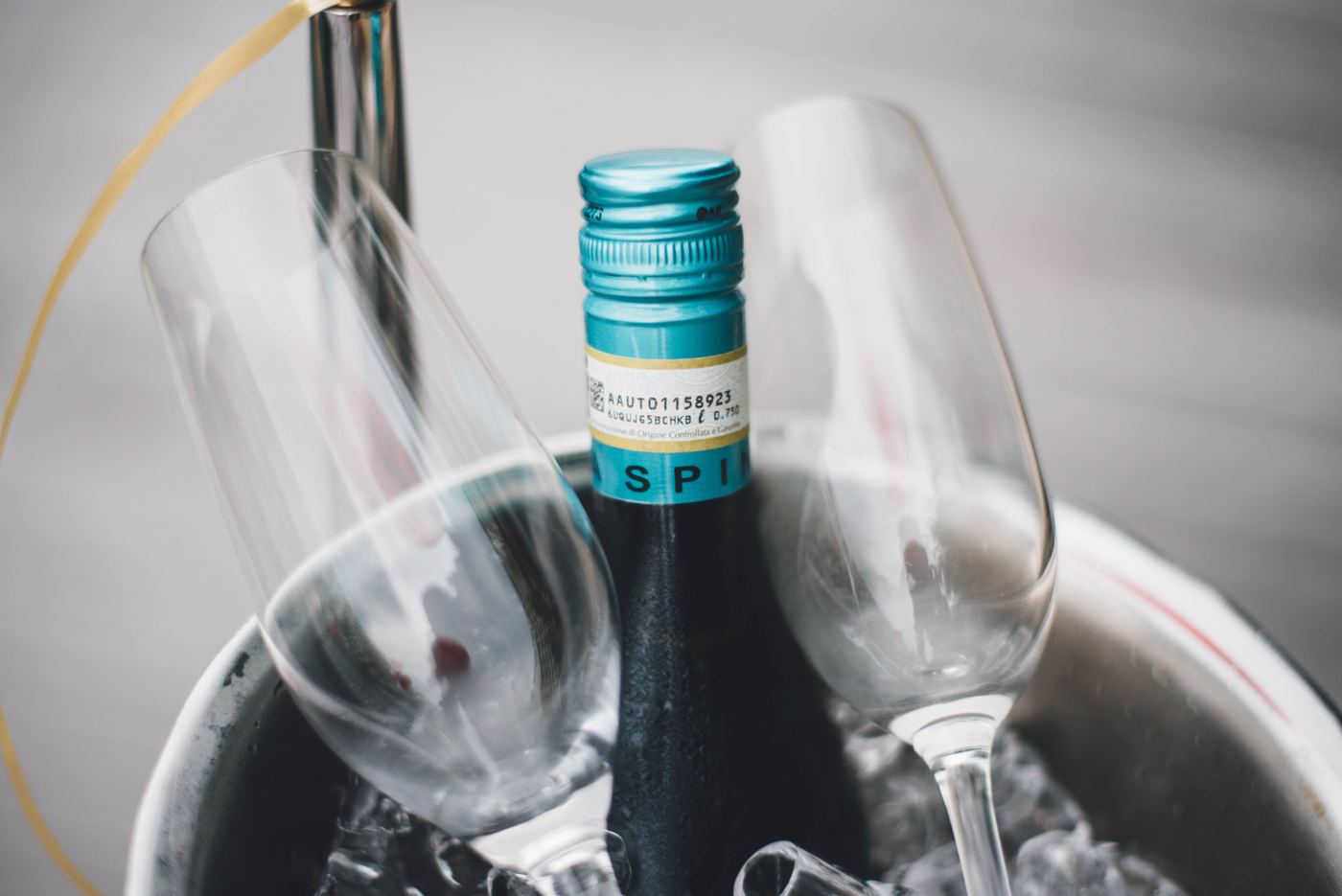If you’re still on the fence about rosé, the latest wine craze – orange wine and blue wine – may be a little too much to handle.
Get ready for orange wine
That’s right. Red, white and pink are no longer the only hues on the wine colour spectrum. Soon, you may be sipping a glass as amber as Irn Bru, or sharing a tempting bottle of wine that’s so blue you’d be excused for mistaking it for mouth wash.
Opinions on orange wine are conflicting to say the least, while blue wine…. Well, let’s just say people have strong opinions.
In this blog, we’ll discuss the ins and outs of these technicolour tipples, including:
- How to pair them
- Their origins
- How their dazzling hues are created
Feelin’ blue
It almost seems rude to include orange and blue wine in the same sentence. While orange wine is an intriguing full-bodied pleasure with a history as rich as its flavours, blue wine is a sickly by-product of the selfie generation. As much as the dazzling blue liquid may look intriguing on Instagram, wine fans are not convinced.
Spanish-based ‘winemakers’ are the ones responsible for bringing ‘Gik’, the world’s most popular blue wine, to the UK. And while the suspiciously coloured liquid may remind you of alcopops, Gik is technically a wine.

‘The wine’ includes a mix of white and red grapes, sourced from France and Spain. To get that trademark blue, the creators add the dye indigotine, along with anthocyanin, which is a pigment that naturally occurs in grape skins. Not satisfied with creating a wine that looks fit to clean a toilet, the winemakers add zero calorie sweeteners, to really take drinkers back in time to their WKD-fuelled memories of the early noughties.
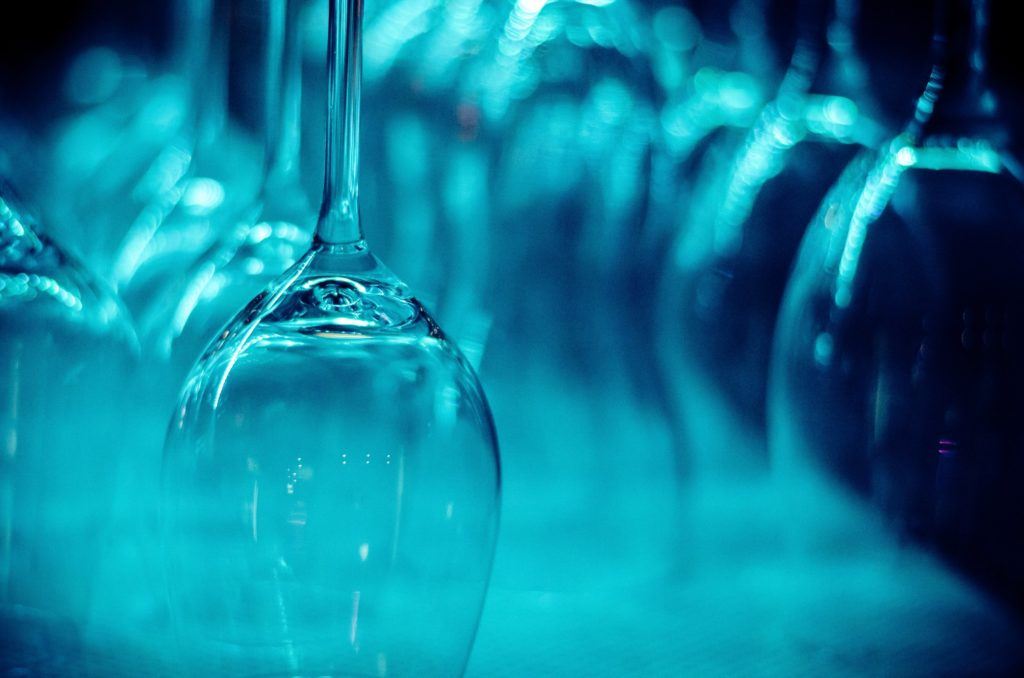
What does it taste like?
Many wines have a polarising effect on the wine world. While there is plenty of room for controversial bottles, judging by Gik’s Amazon comments, blue wine has been met with a resounding: ‘No thank you.’
Even those who have purchased a bottle, in the hopes of brightening up a dull selfie, don’t actually enjoy Gik. One customer said:
“Upon tasting it, I had one sip and threw the rest down the sink.”
While another complained:
“Absolutely vile! Tastes extremely synthetic and non-drinkable. Didn’t make it past the first mouthful”
How does it pair?
While the creators of Gik recommend pairing their monstrosity with sushi or guacamole, we recommend you don’t take advice from people who thought blue wine was a good idea in the first place and, instead, pair it with the lining of a bin bag.
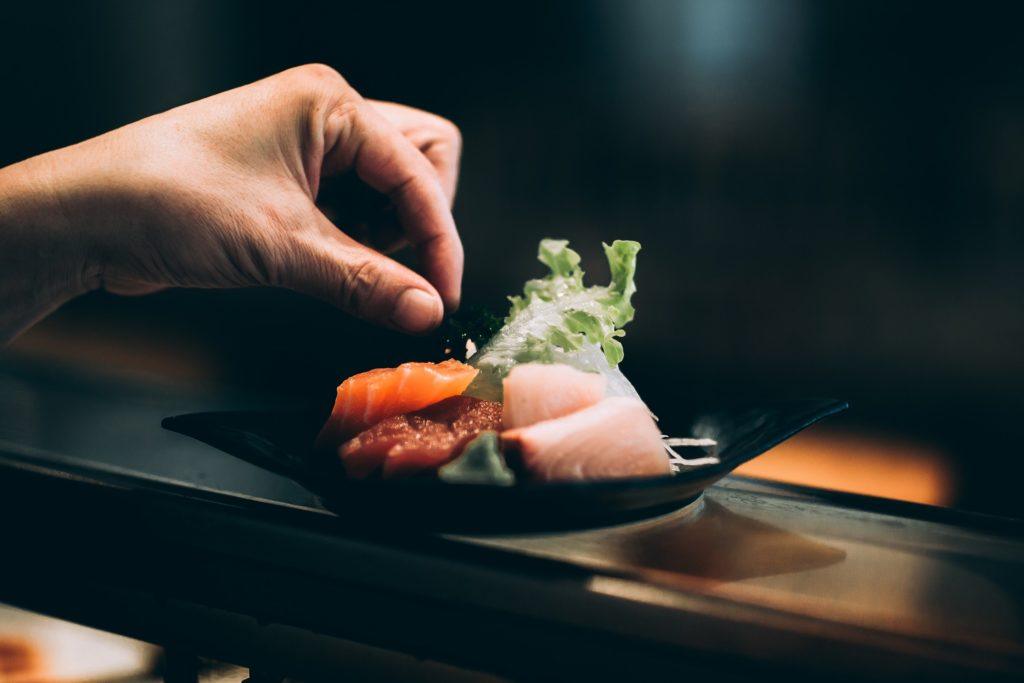
Orange you glad it’s not blue?
Now that blue wine is thoroughly out of the picture, let‘s turn to something far more enticing: orange wine.
Dubbed ‘orange wine’ in 2004 by British wine importer David A. Harvey, orange wine gets its colour from its production process, not from fermenting orange fruits. In fact, the technical term for these gorgeous, golden beauties is skin-contact wine.
Skin-contract wines are white wines made like red wines. They can be made with any variety of white grapes and can vary. Depending on how long the juice ferments with the grape skins, skin-contact wines can range in colour, from a yellowish-gold to bright POTUS orange.
While orange wine is having a resurgence, it is by no means a new phenomenon. In fact, skin-contact wines have a long history, dating back thousands of years in Georgia. It was also very popular in Italy, Croatia and Slovenia. The process fell out of fashion as fresh white wines came to dominate the market.
What does it taste like?
When it comes to skin-contact wine, it’s important to experiment. Lots of different grape varieties can be used to make orange wine, so the flavour varies widely.
While a skin-contact Sauvignon Blanc may not be your taste, a Pinot Grigio variety may be just what you’re looking for. The wine’s palate can range from sweet, with remnants of bruised apple to intense, strong flavours of jackfruit.
To uncomplicate things, however, orange wine is traditionally described as being refreshing like a white wine, with all the complexities of a red. It’s praised for its versatility and is often described as full-bodied, with a great depth of flavour, due to its high tannin.
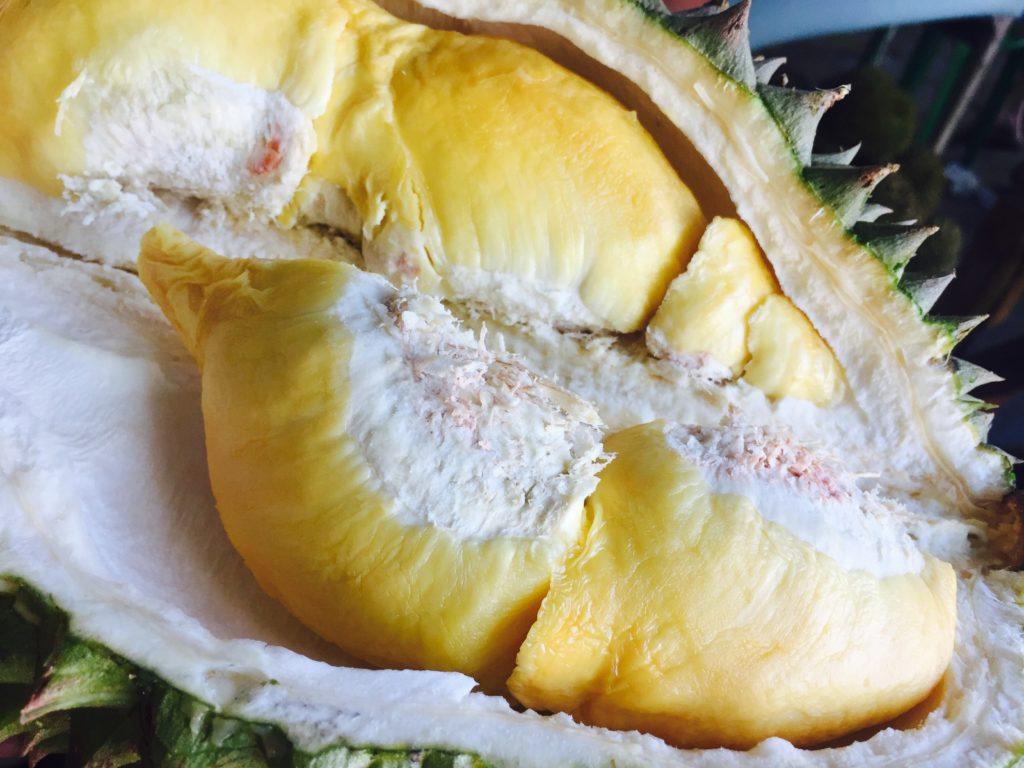
How does it pair?
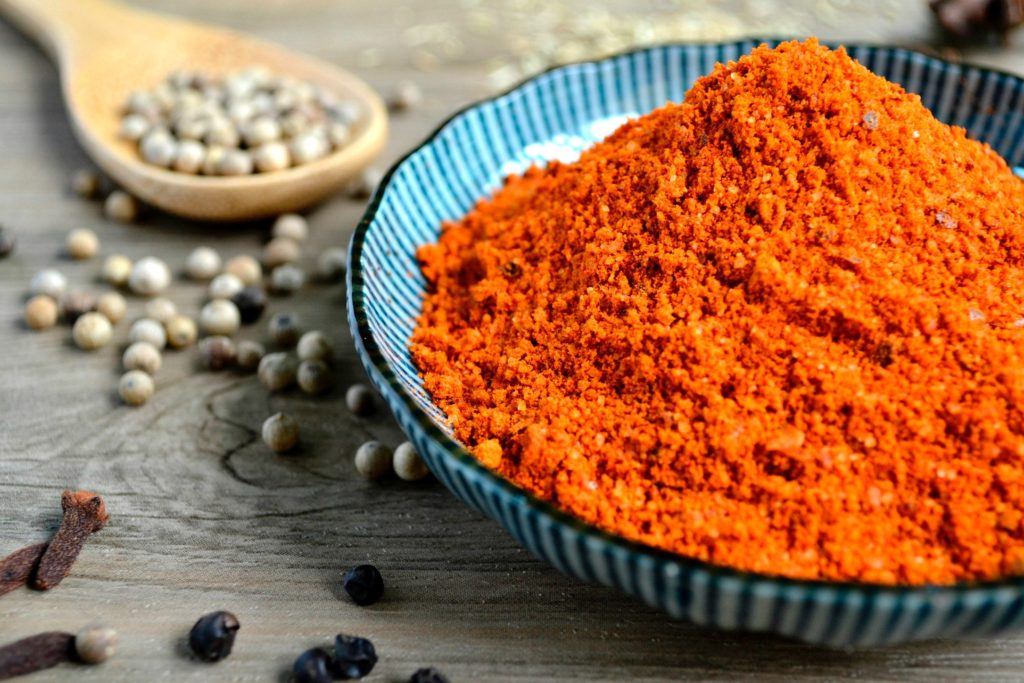
Taste the rainbow
While it may come as no surprise that we’re not recommending blue wine for your next dinner party, when it comes to trying new wine colours ‘Gik’ is the exception and not the rule.
While some experts suggest sitting down before taking your first sip (due to the potency of some orange wine) remember that, no matter what, it can’t be as bad as large glass of blue.

